Living with allergies can make even the comforts of home feel uncomfortable. Sneezing, coughing, itchy eyes, and breathing problems can be triggered by common indoor pollutants like dust, pet dander, mould, or volatile organic compounds (VOCs) from household cleaners and paints. If you're looking for natural ways to improve indoor air quality, the Peace Lily might be one of your best allies. But how effective is it really? Can it help reduce allergy symptoms? Let's take a closer look.
Also Read- Can Peace Lilies Handle Air Conditioning in Summer Homes?
What Triggers Indoor Allergies?

Before diving into the benefits of the Peace Lily, it's important to understand what causes indoor allergies. Common culprits include:
- Dust mites hiding in carpets, bedding, and furniture
- Pet dander from cats and dogs
- Mould spores, especially in damp environments
- Pollen from open windows or other indoor plants
- VOCs from paints, furniture, and cleaning products
These airborne particles irritate the respiratory system and can trigger allergic reactions year-round, especially in poorly ventilated homes.
How Houseplants Clean the Air
Indoor plants like the Peace Lily are not just for decoration. They can significantly improve air quality by:
- Absorbing carbon dioxide and releasing oxygen
- Filtering airborne toxins and pollutants
- Increasing humidity by releasing moisture
- Trapping dust and allergens on their leaves
The combination of filtering chemicals and adding humidity makes some plants excellent natural air purifiers—and the Peace Lily is one of the best.
Why Peace Lily Stands Out

The Peace Lily (Spathiphyllum) was featured in NASA’s Clean Air Study, which evaluated various houseplants for their air-purifying qualities. The Peace Lily came out on top, thanks to its ability to remove several harmful toxins, including:
- Benzene – found in plastics, dyes, and synthetic fibres
- Formaldehyde – emitted from furniture, carpets, and adhesives
- Trichloroethylene – common in varnishes and paints
- Xylene and toluene – from solvents, glues, and nail polish
These substances are known to aggravate allergies and even cause long-term health problems. Having a Peace Lily can help neutralise these invisible threats.
Moisture Matters: Peace Lily’s Humidifying Effect

Peace Lilies naturally increase indoor humidity through a process called transpiration. As they release moisture into the air, they help:
- Reduce dry throat and nasal passages
- Soothe itchy eyes and skin
- Decrease static electricity that can attract dust
Maintaining humidity between 30%–50% indoors can make a significant difference for allergy sufferers—and Peace Lilies help achieve that balance.
Trapping Dust and Mould
Peace Lily leaves are broad, waxy, and smooth—perfect for catching dust, mould spores, and pollen. By wiping the leaves gently with a damp cloth once a week, you not only keep the plant healthy but also prevent allergens from being re-released into the air.
Caution: Peace Lily Is Not Hypoallergenic
Despite its benefits, it's important to note that Peace Lilies produce small amounts of pollen and a light fragrance, which can be irritating for highly sensitive individuals. Some people with flower-related allergies may experience mild reactions if the plant is kept in poorly ventilated spaces.
Also, the Peace Lily is toxic to pets and humans if ingested, so keep it out of reach of small children and curious pets.
Best Practices for Allergy Relief with Plants
To maximise the Peace Lily’s benefits for allergy relief:
- Place it in indirect sunlight for optimal health
- Wipe the leaves regularly to remove trapped allergens
- Avoid overwatering, which can lead to mould in the soil
- Use organic potting mix and avoid synthetic fertilisers
- Pair with other air-purifying plants for enhanced results
Some good companions include the Snake Plant, Spider Plant, and Areca Palm—all known for their allergen-filtering capabilities.
Peace Lily in Bedrooms and Living Spaces
Many people keep Peace Lilies in bedrooms, living rooms, or offices, where air quality matters most. However, if you're particularly sensitive to pollen or fragrance, consider placing it in a well-ventilated hallway or bathroom, where it can still purify the air without being too close.
More Than Air Cleaning: The Wellness Boost
The Peace Lily isn't just good for allergies—it also contributes to mental wellness. Studies show that indoor plants help reduce stress, improve concentration, and boost mood. Having a Peace Lily can make your home not only healthier but also more peaceful and calming.
Final Thoughts
Yes, Peace Lilies can help with allergies—mainly by removing harmful indoor toxins, increasing humidity, and trapping airborne particles. However, they are not a cure-all and may produce a mild allergic response in some individuals due to pollen and scent. When used with care and regular maintenance, they can become a valuable part of your indoor air-cleaning strategy.
If you’re looking for a plant that adds beauty, purifies your air, and contributes to a healthier indoor environment, the Peace Lily is a fantastic choice. Combine it with good cleaning habits, proper ventilation, and other air-purifying plants to breathe easier and live better—naturally.


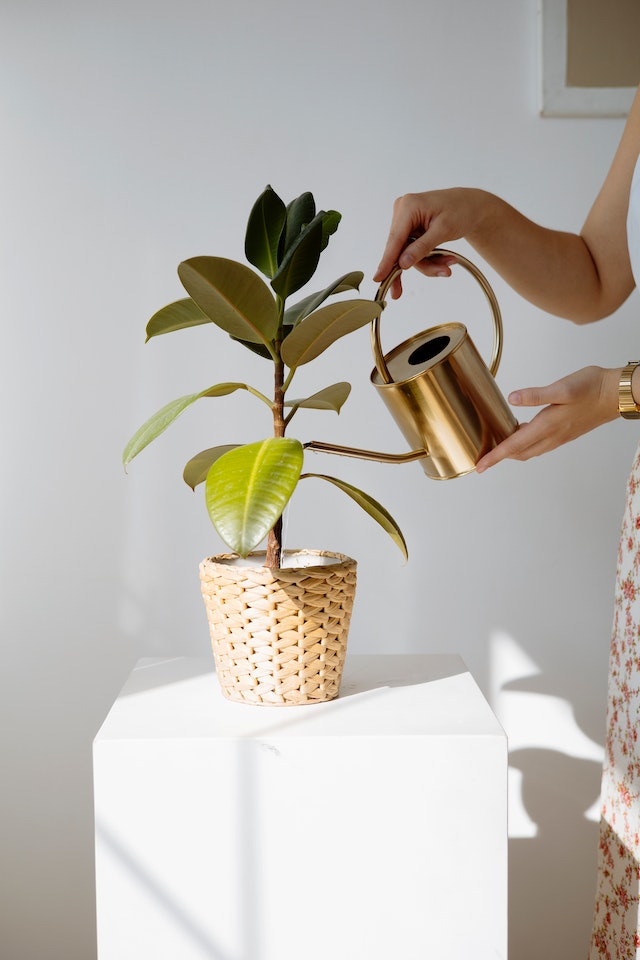




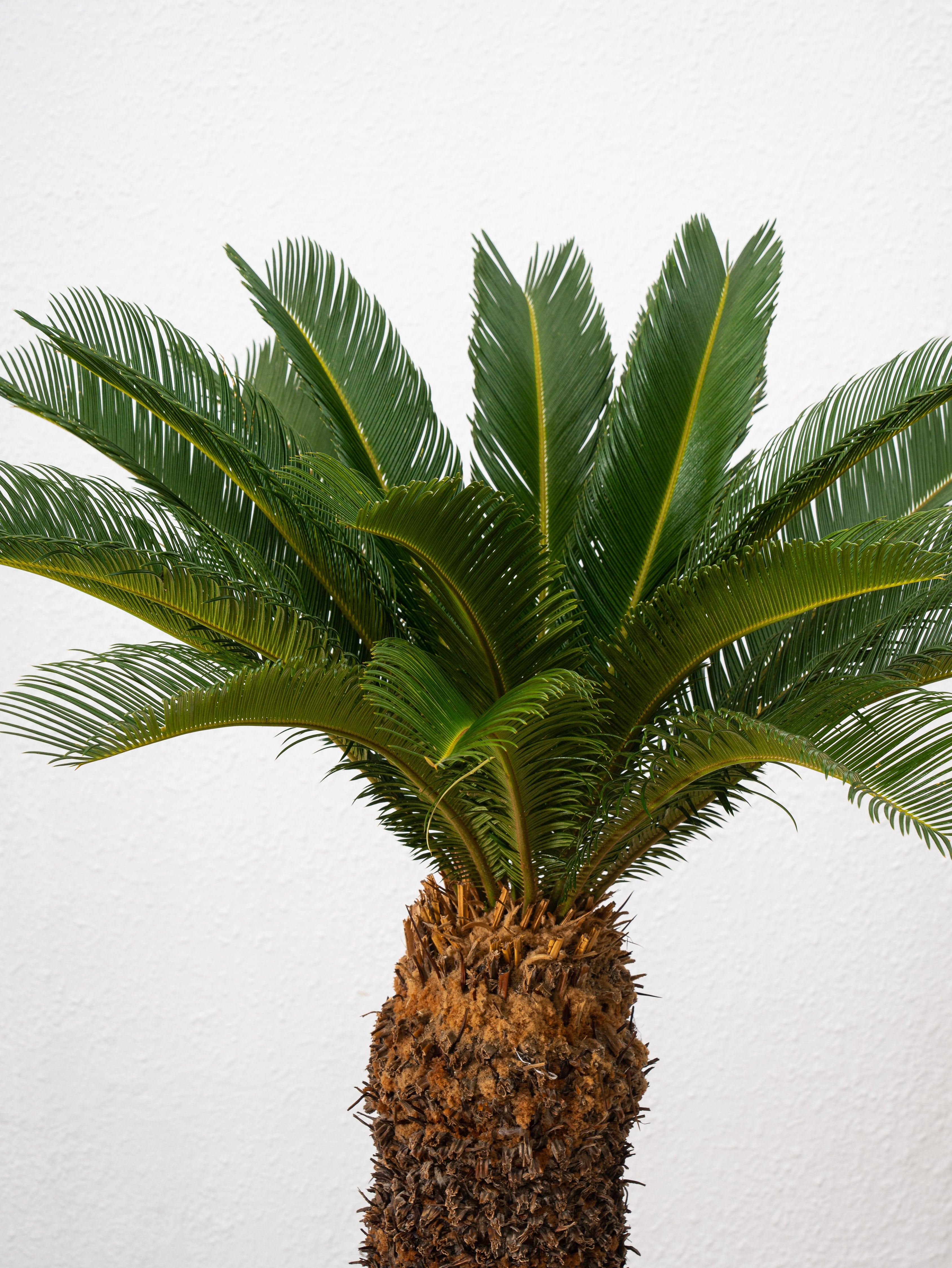
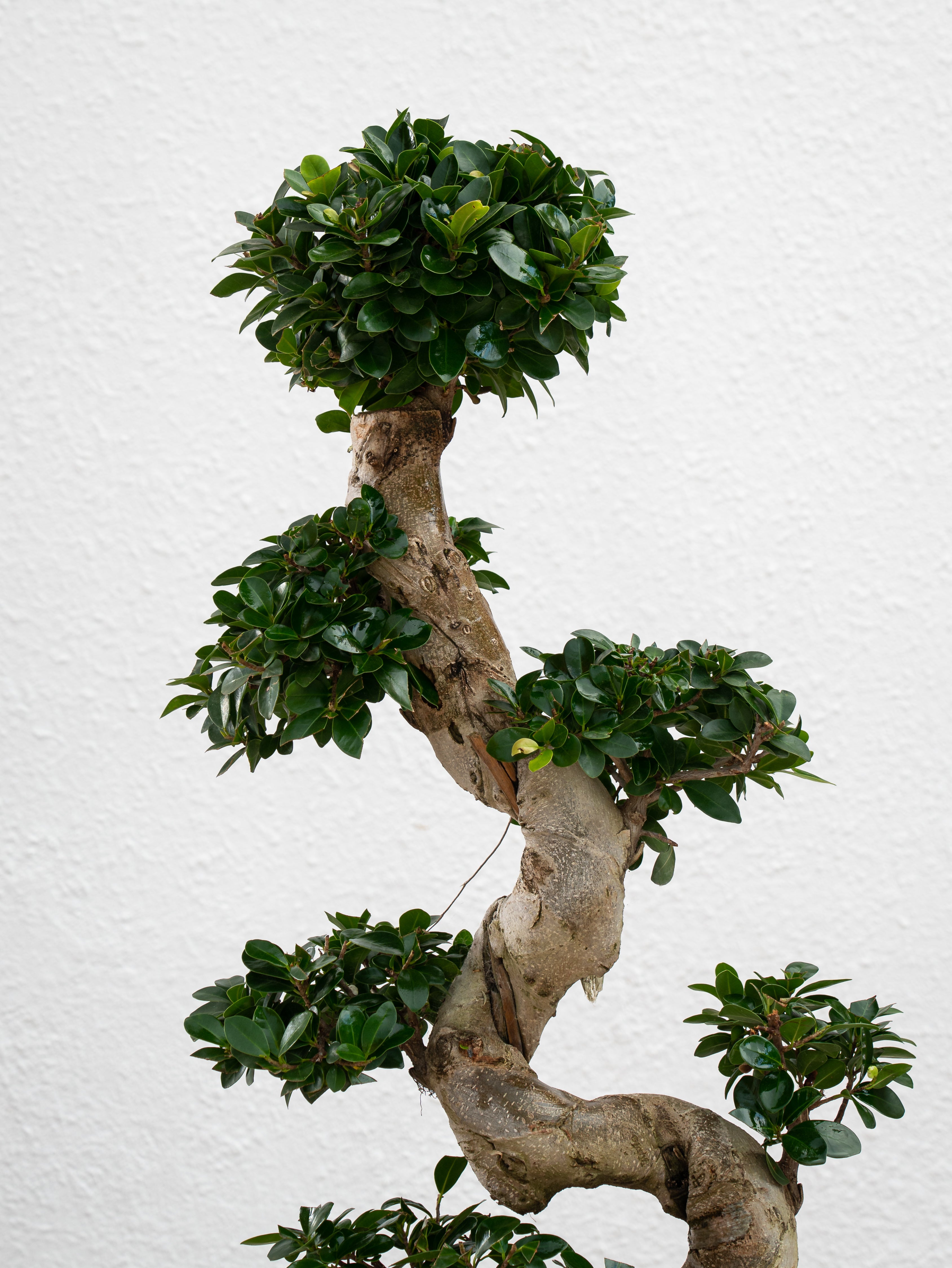
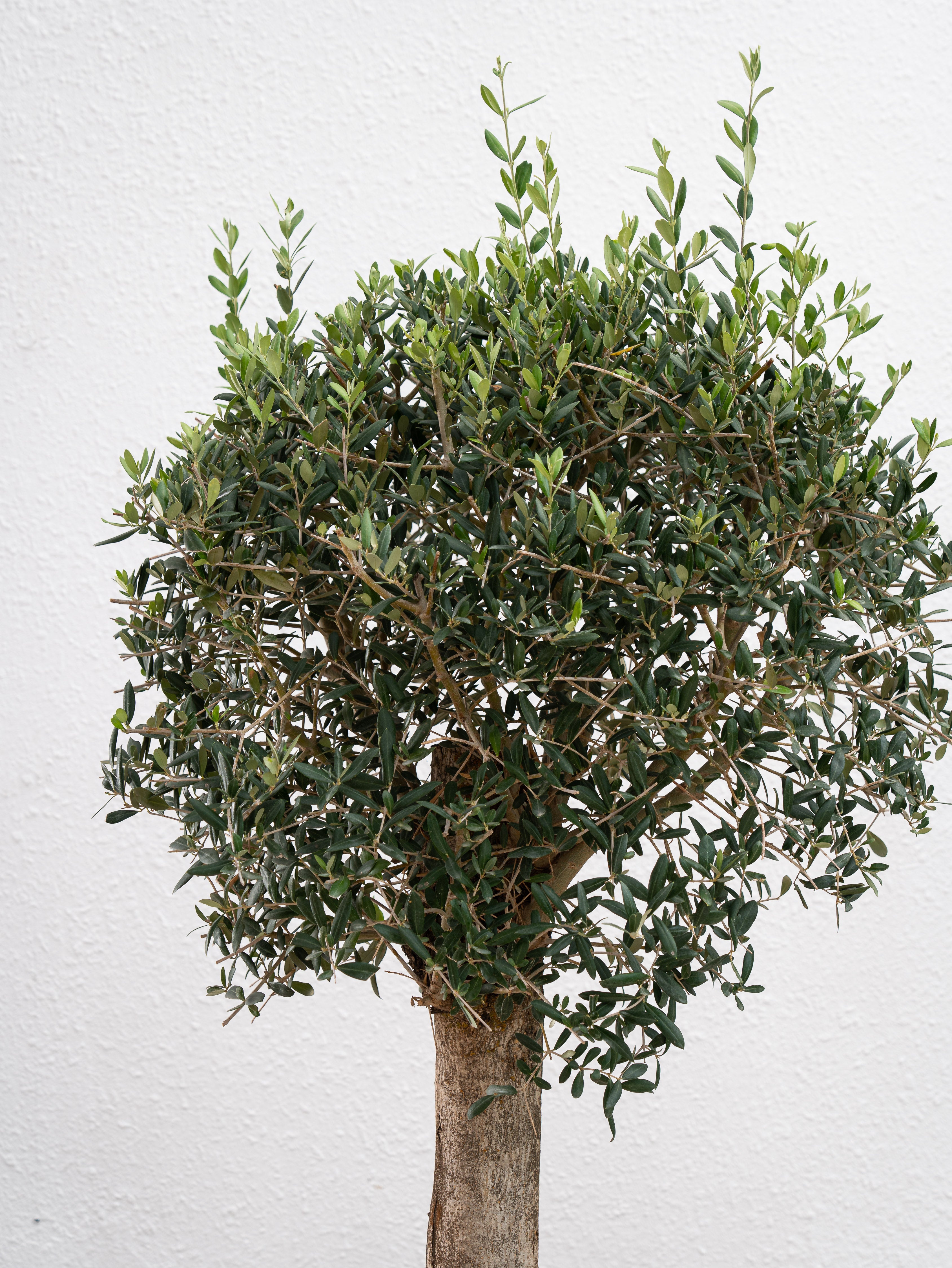
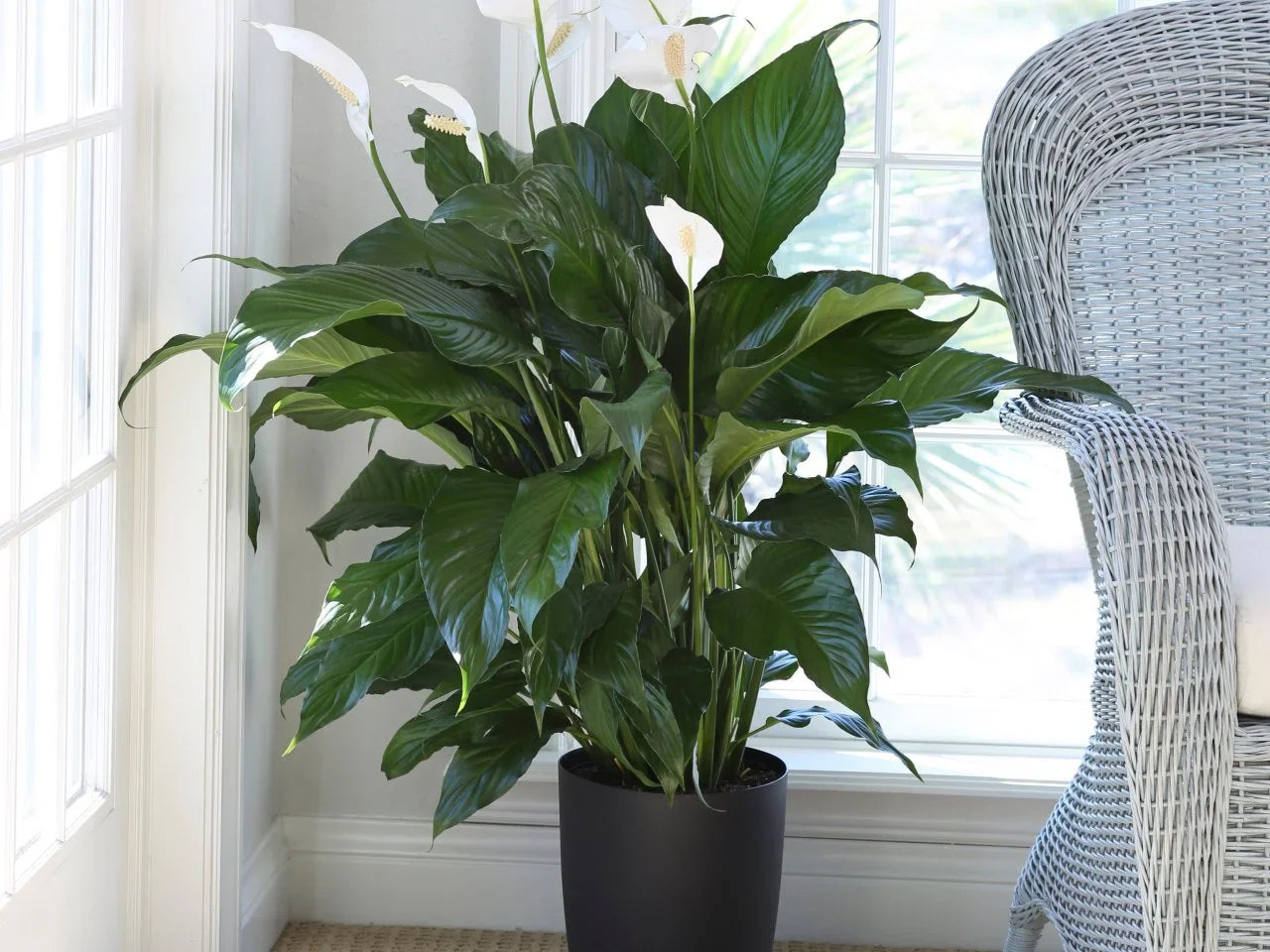
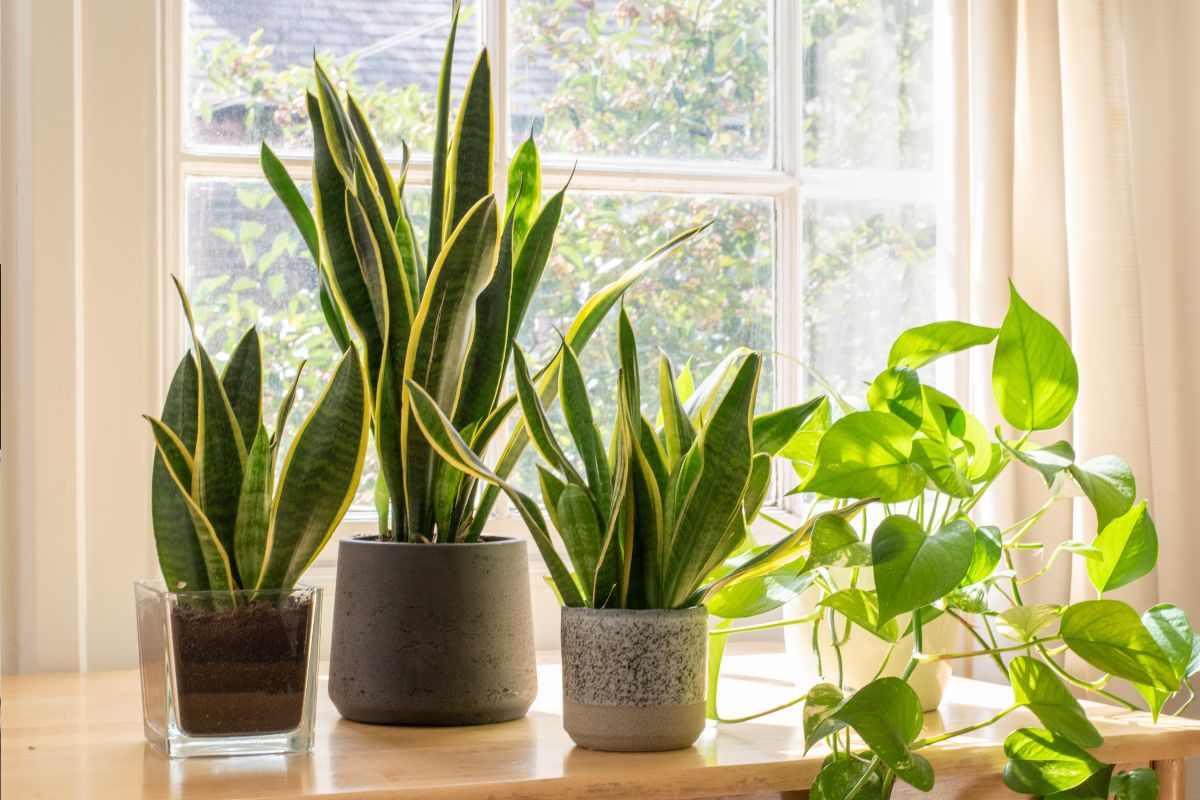
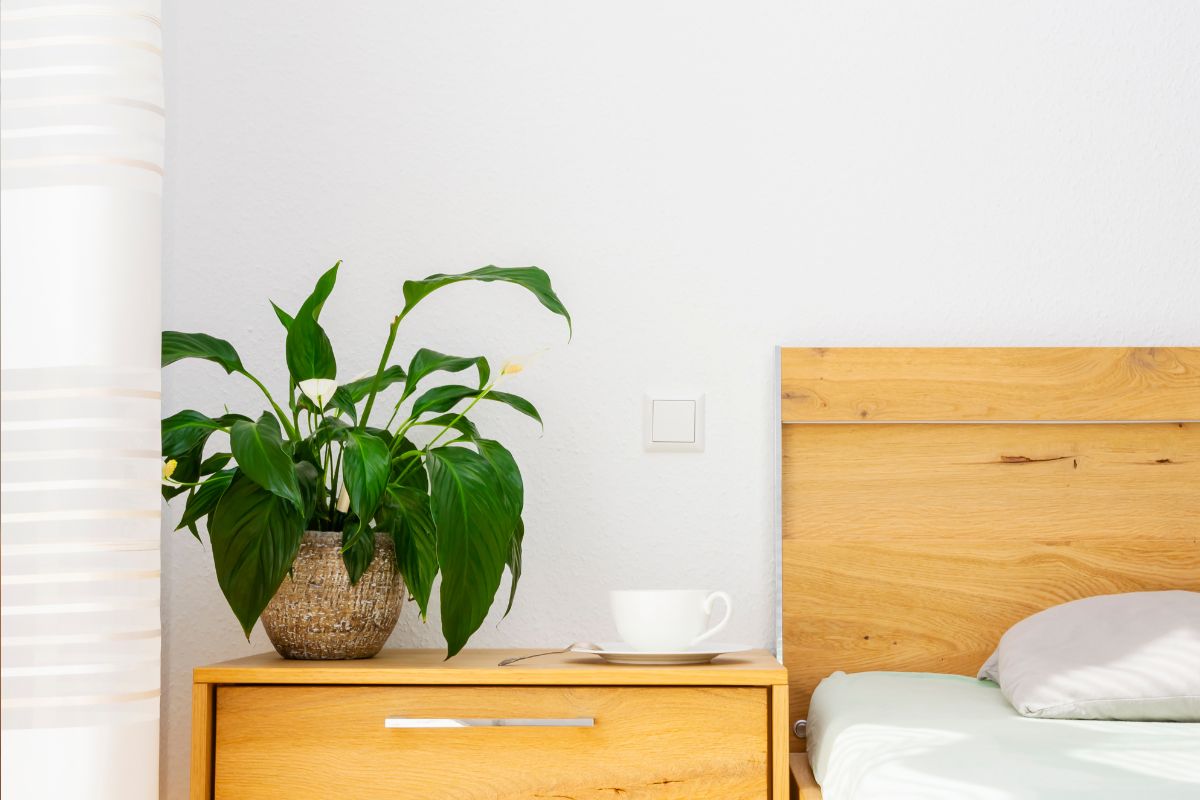
Leave a comment
This site is protected by hCaptcha and the hCaptcha Privacy Policy and Terms of Service apply.